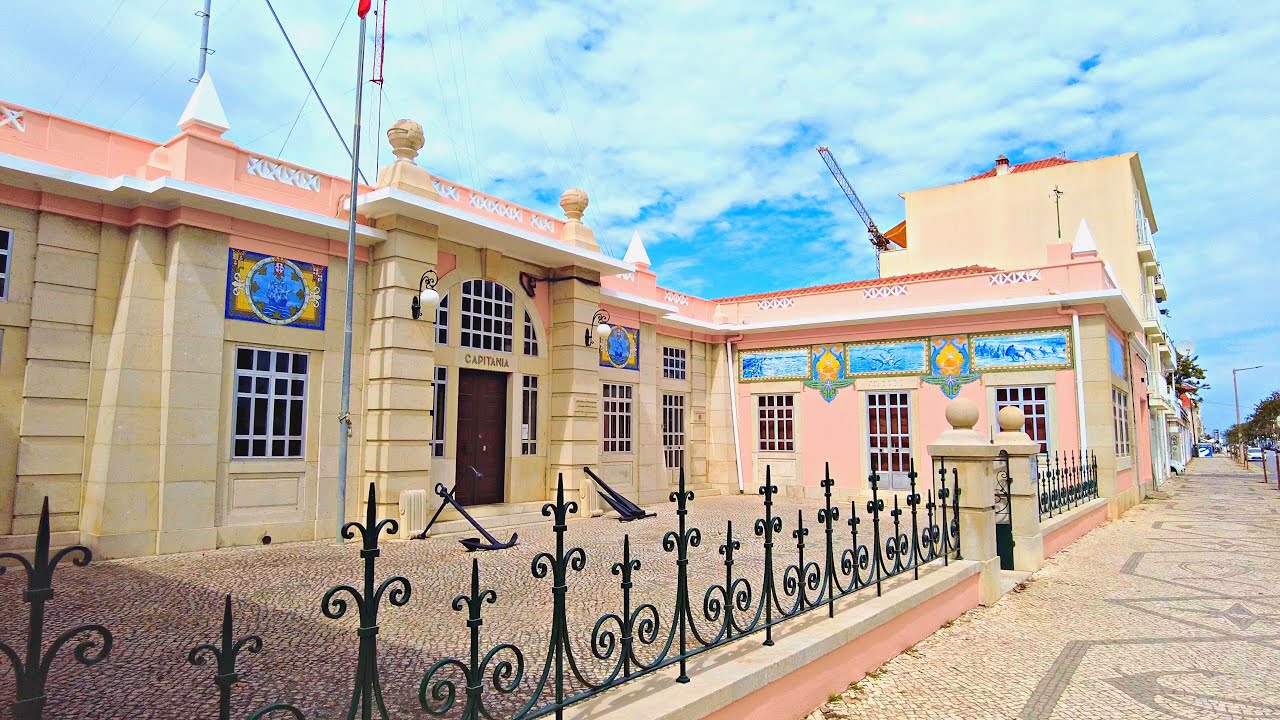🇵🇹Explore the Hidden Charms of Vila Real de Santo António – 4K Walking Tour

Explore the Hidden Charms of Vila Real de Santo António
The Birth of Vila Real de Santo António
The birth of Vila Real de Santo António has a specific date: 30 December 1773, the date on which the royal charter of its foundation was signed. Its construction was quick, as the contingencies of the policy towards Spain and the iron will of the Marquis of Pombal, minister of King D. José I (1714-1777) required. The marking of the city plan began on 2 March 1774 and the foundation stone was laid on the 17th of the same month. On 6 August, the town hall and customs house, the barracks and the church were already finished.
Prosperous Years of Vila Real de Santo António
The end of the 19th century and the following decades were prosperous years for Vila Real de Santo António. The presence of sardines and tuna in the waters off the Algarve coast turned the town into an important canning centre, while its port was in demand by the boats that sailed up the Guadiana to load the ore extracted in the mines of São Domingos. As proof of its dynamism and wealth, it was the first town in the Algarve to have gas lighting in 1886.
Historical Background of the Area
The history of the borough does not begin, however, with the foundation of Vila Real de Santo António. This coastal area has been inhabited since ancient times, as evidenced by the dolmen and « tholos » in Nora, near Cacela. The Romans and later the Arabs made Cacela an important settlement. When its castle was taken by D. Paio Peres Correia, master of the Order of Santiago, in 1240, Cacela was the starting point for the reconquest of the whole Algarve.
Modern-Day Vila Real de Santo António
Today, Vila Real de Santo António and its municipality are based on tourism, fishing, agriculture, and trade, the mainstays of a diversified and growing economy.
Architecture and Art in Vila Real de Santo António
Built in the 18th century, Vila Real de Santo António underwent improvement works in the 1940s and 1950s. The altarpieces of the side chapels are in the « rocaille » style, with a good set of images from the 18th century, especially Nossa Senhora da Encarnação, by the sculptor Machado de Castro. The stained glass windows in the chancel and baptistery, which were installed in the 1940s, were designed by the Algarve painter Joaquim Rebocho.
source
